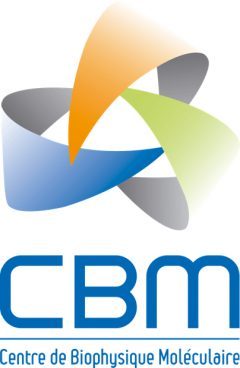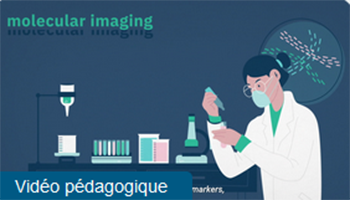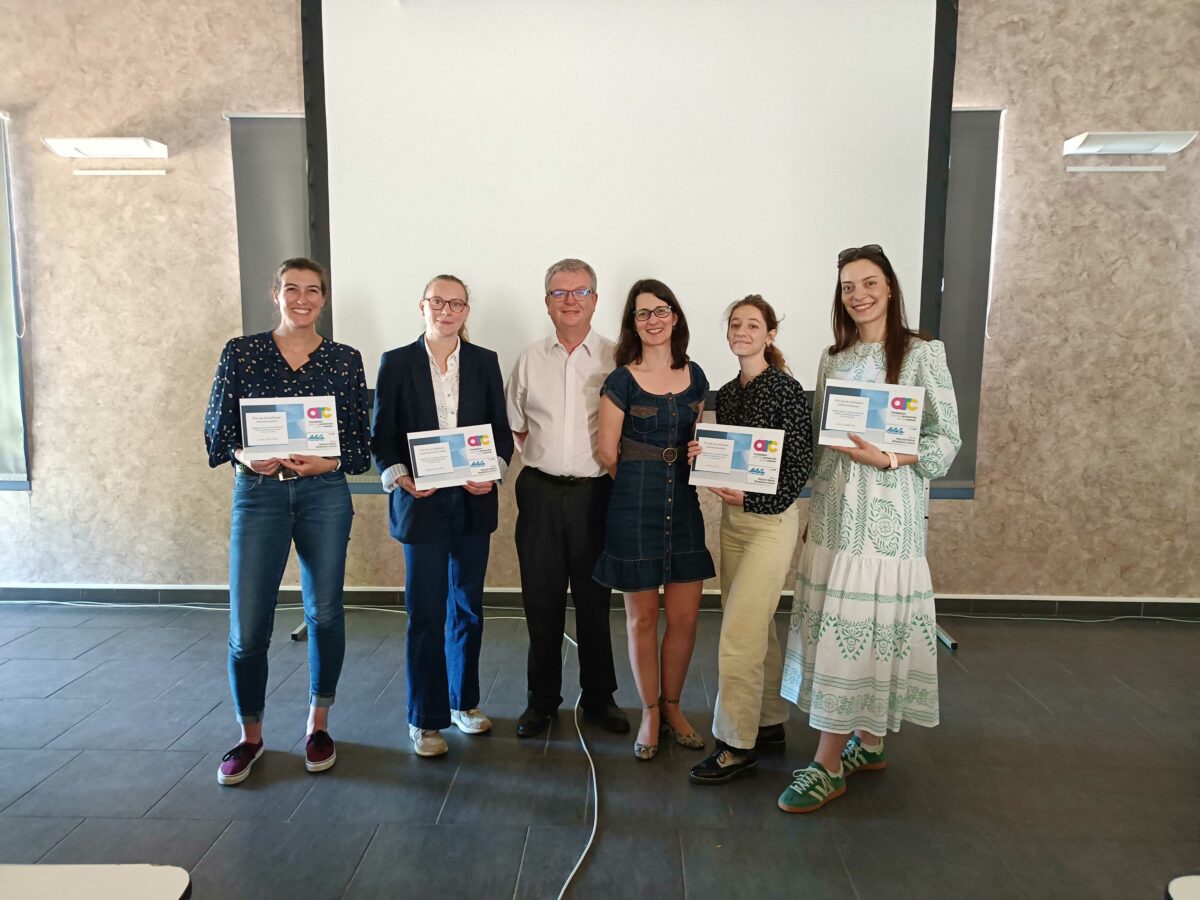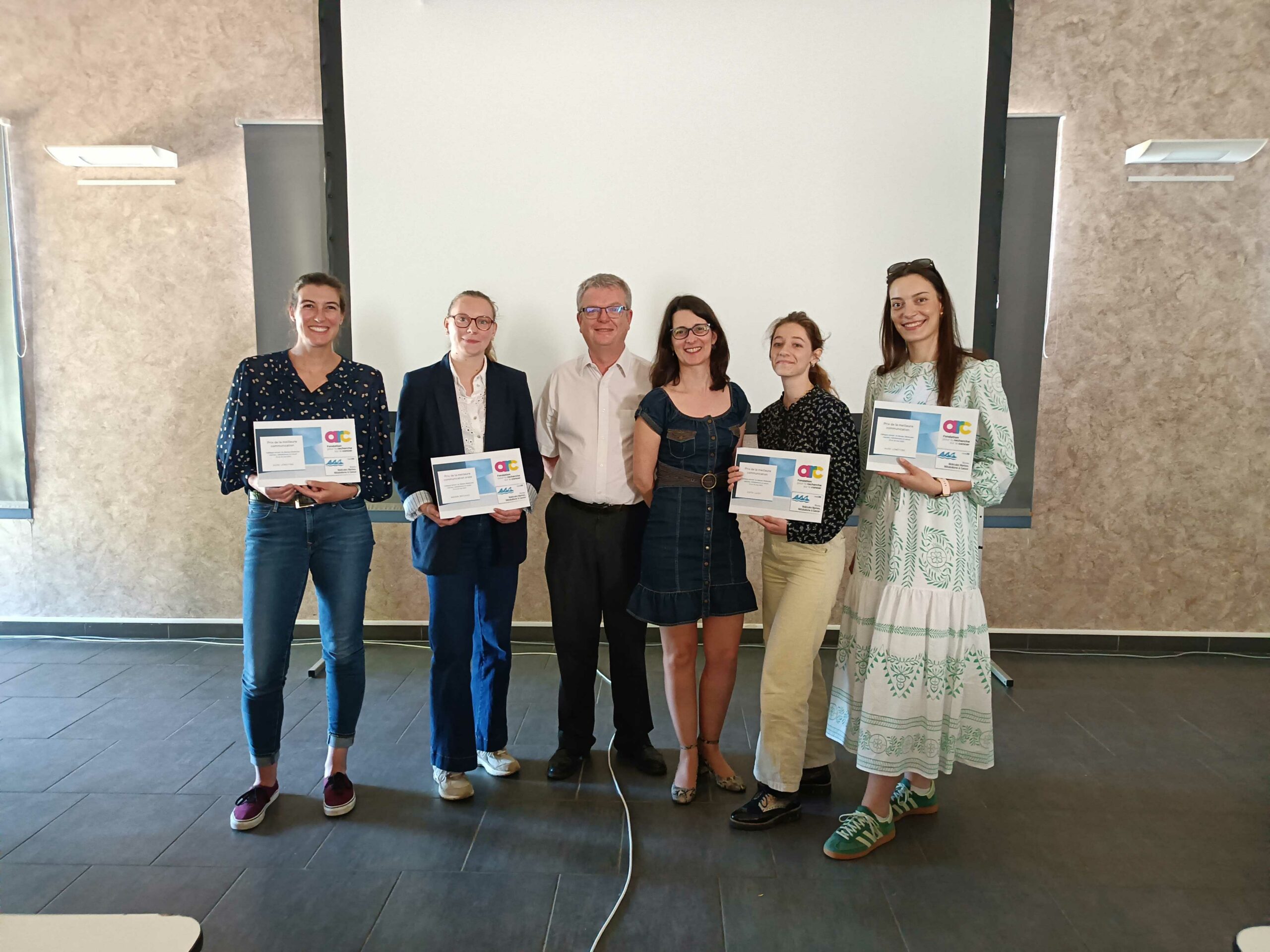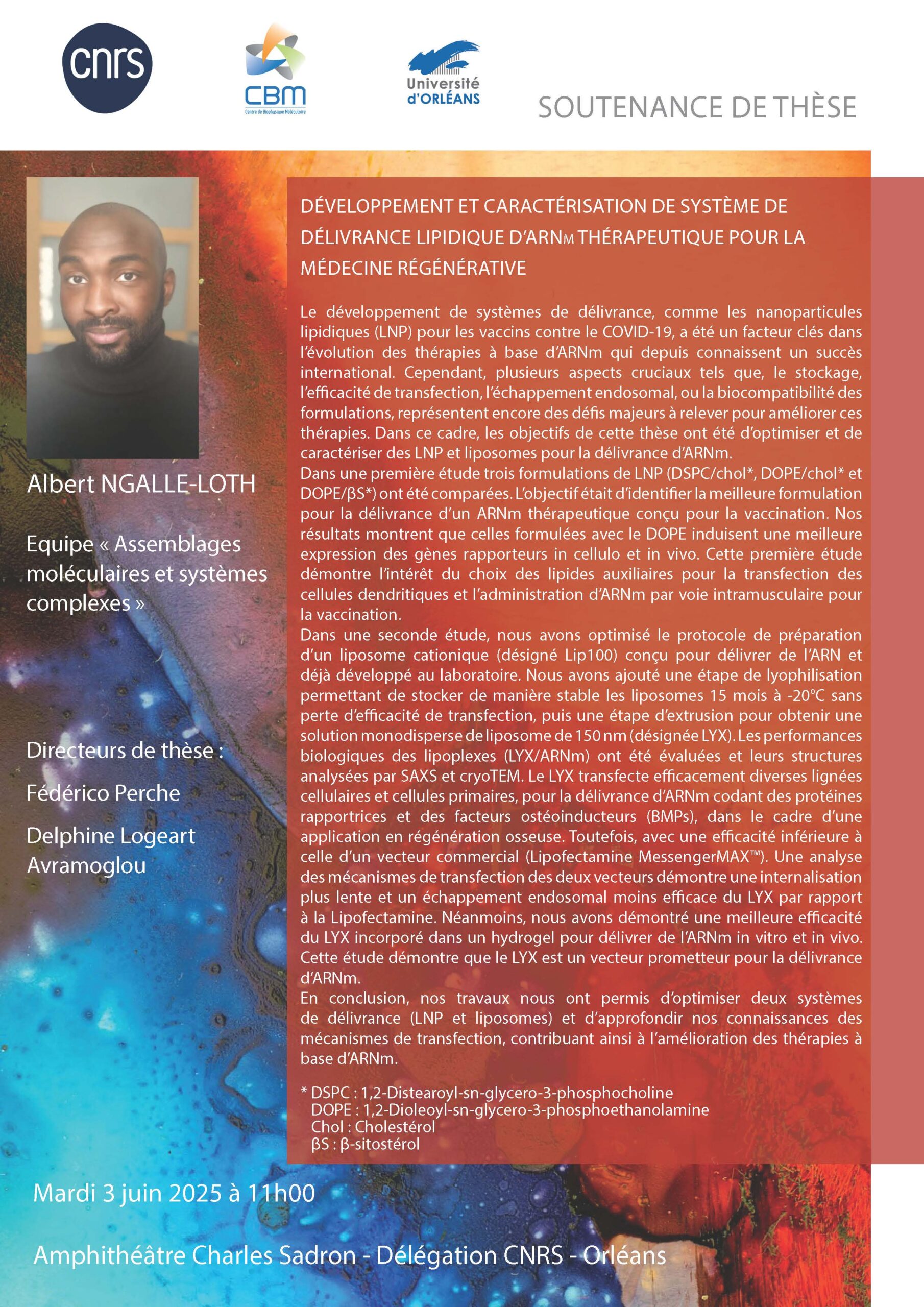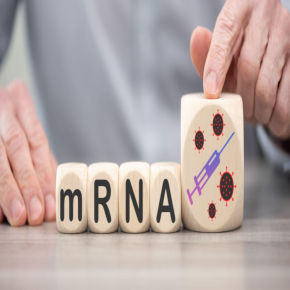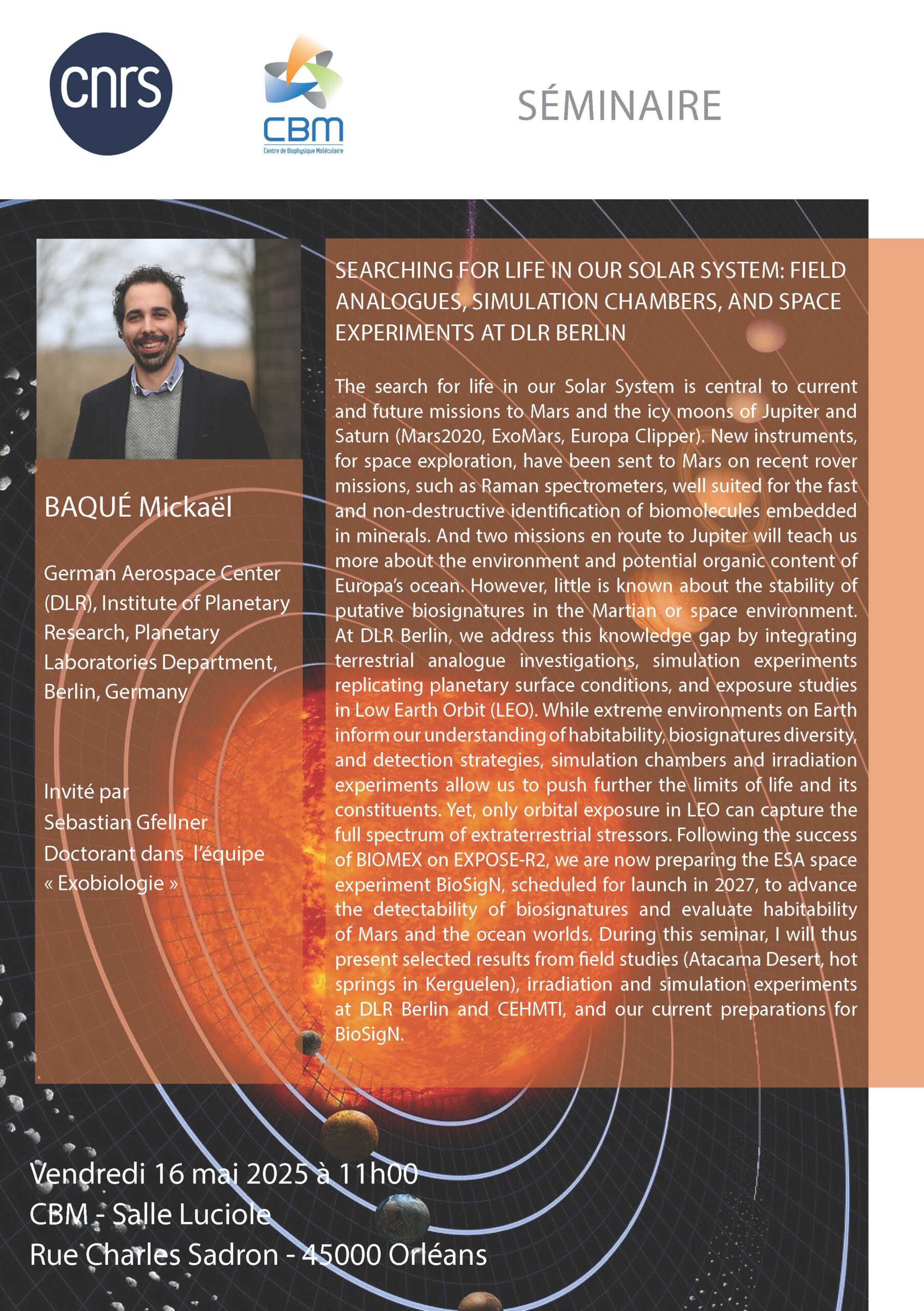This new optimised version of liposomes has been reported by CNRS Chimie on its website.
The development of lipid-based mRNA delivery systems has significantly advanced mRNA-based therapies. Liposomes, in particular histidylated liposomes (LYX), have been shown to be effective in delivering nucleic acids. In this study, LYX liposomes were optimised by adding a freeze-drying and extrusion step, resulting in improved homogeneity and storage stability. LYX liposomes maintained their size (150 ± 10 nm) and polydispersity index (0.10 ± 0.02) for up to a year at 4°C, while preserving their transfection efficiency. They exhibit a high mRNA encapsulation rate (∼95%) and protect it from degradation by RNases. The lamellar organisation was confirmed by small-angle X-ray scattering and CryoTEM. These liposomes allow efficient transfection of cell lines and primary cells, albeit with lower efficiency than commercial vectors, due to slower cell internalisation and reduced endosomal escape. They have demonstrated their ability to deliver mRNA encoding the therapeutic molecules BMP2 and BMP9, leading to the production of functional proteins capable of inducing BMP signalling. In vivo studies have also confirmed their potential for mRNA delivery when incorporated into hydrogels and implanted subcutaneously in mice. These results show that LYX liposomes are a promising and versatile platform for mRNA delivery in therapeutic applications.
This work involved laboratories from two institutes: the Centre de Biophysique Moléculaire (CNRS Chimie) and the Laboratoire de Biologie, Bioingénierie et Bioimagerie Ostéo-Articulaires (CNRS Ingénierie).
Reference:
Albert Ngalle Loth, Manon Maroquenne, Ayoub Medjmedj, Franck Coste, Thomas Bizien, Chantal Pichon, Delphine Logeart-Avramoglou, Federico Perche.
Structural and functional characterization of a histidylated liposome for mRNA deliveryStructural and functional characterization of a histidylated liposome for mRNA delivery.
Journal of Controlled Release (2025) Volume 379, pages 164-176, doi: 10.1016/j.jconrel.2025.01.010.
